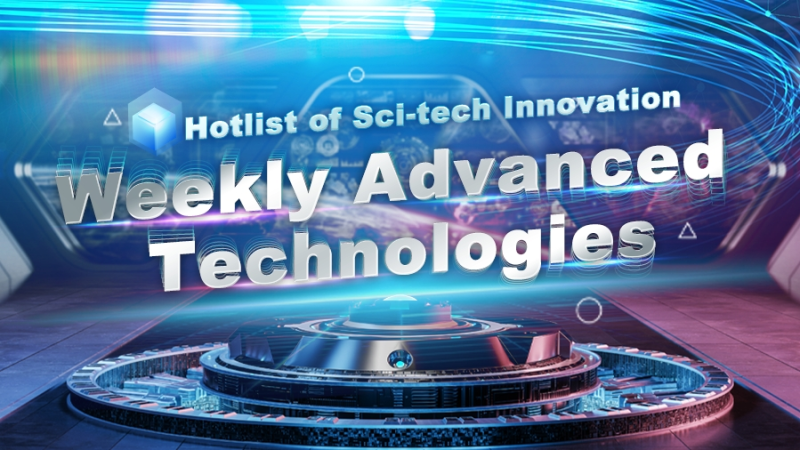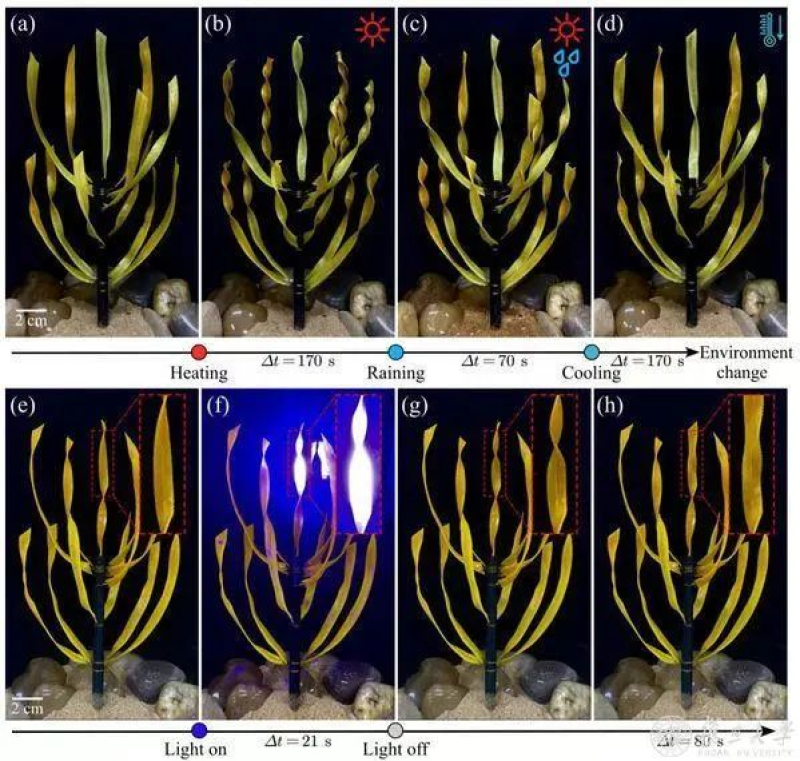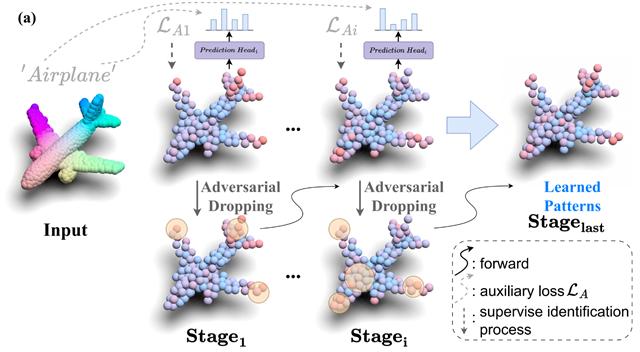Weekly Advanced Technologies〔75〕

Weekly Advanced Technologies〔75〕| Learning from Tai Chi in Botany: The Rise of Bionic Embodied Intelligent Plants; Dispel the Fog to Reveal Clarity: The Point Cloud Pattern Capture Strategy
Among Science's 125 big questions for its 125th anniversary, one stands out: "Why is chirality essential for life?". At Fudan University, Xu Fan's team explores the mechanics behind these soft-matter morphologies, decoding how growth, collapse, chirality, and curvature intertwine.
Point cloud target recognition is a critical technology for enabling intelligent 3D environmental perception, with broad applications in autonomous driving, unmanned systems, and space exploration. The team of XU Tingfa and LI Jiainan from Beijing Institute of Technology has achieved fruitful results by carrying out original methodology and key technology research on key scientific issues and problems in the intelligent recognition of point cloud targets in real complex environments.
Based on the weekly diary of technology provided by the daily list of the NCSTI online service platform, we launch the column "Weekly Advanced Technologies" at the hotlist of sci-tech innovation. Today, let's check out No.75.
1. Nature Computational Science丨Learning from Tai Chi in Botany: The Rise of Bionic Embodied Intelligent Plants

LCE Bionic "Plant" Multi-field Spontaneous Torsional Deformation
Among Science's 125 big questions for its 125th anniversary, one stands out: "Why is chirality essential for life?" Nature offers clues—from the elegant helical shriveling of dehydrated passionfruit to the floating lotus leaves whose shapes dance with water's buoyancy. At Fudan University, Xu Fan’s team explores the mechanics behind these soft-matter morphologies, decoding how growth, collapse, chirality, and curvature intertwine. Their latest subject? A twisty marvel of arid adaptation: the spiral desert willow (Helicteres isora), a plant that curls into chiral spirals as if sculpted by hidden forces.
In a groundbreaking study, they revealed how chiral spiral-twisting structures serve a dual purpose: harvesting water while withstanding wind forces. Leveraging this insight, they built a predictive mechanical model to design 3D-printed "living" liquid crystal elastomer modules, assembling them into a self-adaptive, intelligent plant mimic. Unlike conventional robotics, this embodied smart flora operates without batteries or chips—instead, it senses and responds to its surroundings like a living organism, dynamically reshaping to enhance performance. Promising applications range from efficient dew collection to controlled fluid transport, potentially revolutionizing agriculture in water-scarce regions through nature-inspired, energy-free technology.
2. IEEE TPAMI丨Dispel the Fog to Reveal Clarity: The Point Cloud Pattern Capture Strategy

Adversarial Learning-Based Point Cloud Pattern Capture Strategy
Point cloud target recognition is a critical technology for enabling intelligent 3D environmental perception, with broad applications in autonomous driving, unmanned systems, and space exploration. However, in real-world scenarios, point cloud data is often degraded by sensor noise, environmental interference, and other factors, leading to perturbations, missing points, and deformations. These degradations severely impair the accuracy and generalization capabilities of conventional recognition methods.
The team of XU Tingfa and LI Jiainan from Beijing Institute of Technology has achieved fruitful results by carrying out original methodology and key technology research on key scientific issues and problems in the intelligent recognition of point cloud targets in real complex environments. Their research addressed three core challenges—point cloud enhancement, feature learning, and temporal modeling—through: adaptive data augmentation, adversarial pattern capture, and efficient motion modeling. This led to a robust recognition system for complex environments, solving key issues in data augmentation, feature representation, and motion analysis.
They have successfully broken through the key technical bottlenecks of efficient point cloud data augmentation, fine feature expression and efficient mining of motion features. The proposed methods significantly improve the robustness and generalization performance of the point cloud recognition model under distortion conditions, and significantly increase the recognition efficiency. These advances improve point cloud perception's robustness in complex environments, providing key support for autonomous navigation and spatial sensing applications.